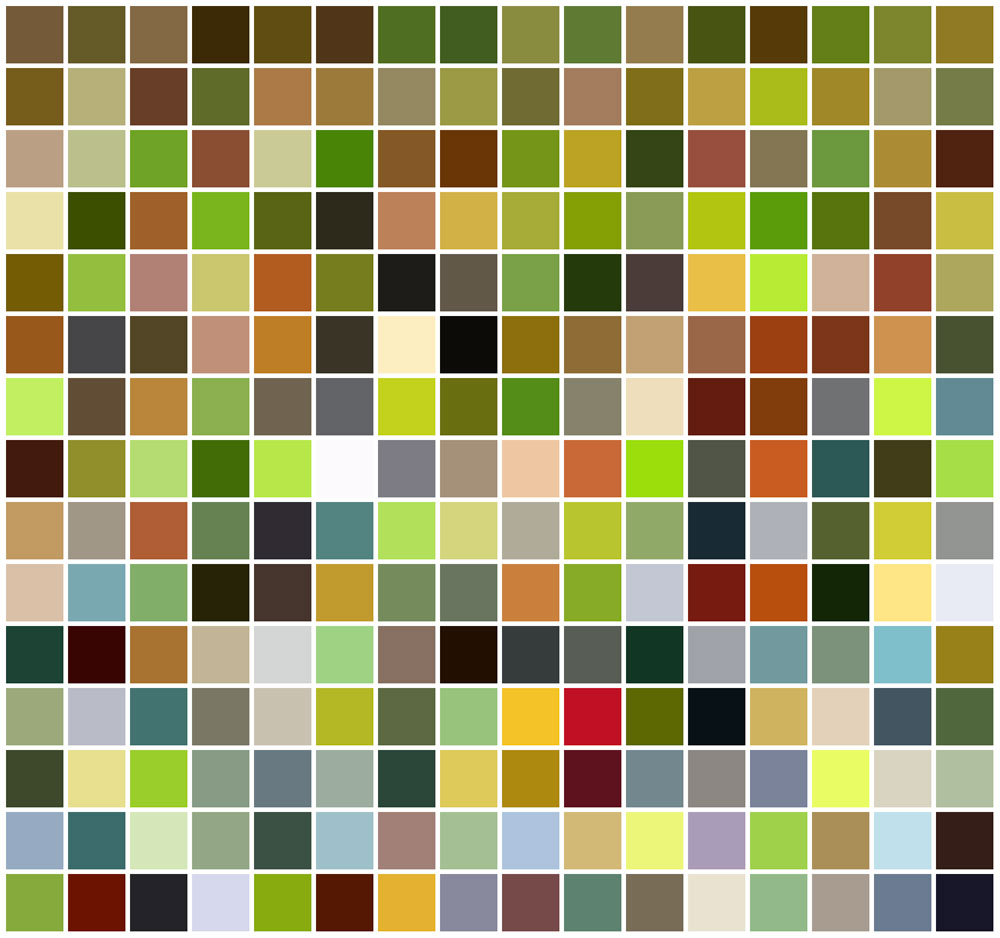Intelligent design systems enable professionals and laypeople to create professional layouts in just a few steps
By Tobias Köngeter | Posted on 2. 7. 2020 | Updated on 22. 9. 2023
There are different design requirements today than there were 10 years ago — or any other year before that. When design could only be created with the help of lead (namely in movable type typesetting), design was restricted to people in a printing shop (or in a typesetting shop, to be precise). The lead was too heavy to be transported long distances, so it was in the printing works. “Set”, as it used to be called, was on site. Today, design can be created regardless of location and at the same time the requirement has arisen that it can be carried out by anyone.
Despite the requirement that laypeople must also be able to design — which, by the way, is debatable — design must look professional. It is important to take the layperson by the hand and create design systems that master the balancing act between freedom of design and restrictions in order to maintain a professional design. But professionals also need design systems that quickly lead from the “blank sheet” to the finished layout, because design now has to be created much more quickly than was previously the case.
Algorithm-Driven Design
With ManyPrint Solutions, we develop such intelligent design systems in addition to automation and personalization. The aim is to interpret the user's first input or selection and to help create a harmonious layout with clever suggestions for additions. The layout is controlled by algorithms, hence the name. Various interpretations are possible:
- Image recognition: An image is interpreted according to its meaning. It is also possible to read out the EXIF information or extract the colors. From this, additional images, words and colors can be suggested, for example.
- Word recognition: The text input is interpreted and provided with suggestions for suitable images or colors. Based on the “forest” input, the design system then suggests appropriate images that can complete the layout, or various shades of green and brown.
- Font recognition: Based on the character of a font or the period in which it was created, conclusions can be drawn about the desired design. The opposite approach is also possible, namely that words and images are provided with suggestions for using a font.
These interpretations and such a design system in itself initially sound like rocket science. In fact, these are all procedures that every designer and graphic artist uses every day. The trick here is to recognize these rules, formulate them and then program them.
Does this require artificial intelligence? No. AI is necessary when rules are too complex to be formulated or when the amount of information to be processed is too large to find patterns and rules. However, visual design involves applying clearly defined rules. There are no coincidences in design — otherwise it wouldn't be a design, and especially not a good one. Nevertheless, artificial intelligence can be used to improve such a system, more precisely a form of AI, namely machine learning.
Machine learning helps to continually improve support
The design system can present suggestions according to its own interpretation, but it cannot figure out which suggestions fit better or less. Here, machine learning can be used to apply a type of learning behavior based on the decisions of a human user. This means that the more the system is used, it can present more and more precise suggestions. To return to the example of the forest: If users only choose certain shades of green but never brown, the design system adapts its suggestions and sorts them differently. This can of course also be transferred to images, words and writings.
The learning can also be applied on a larger scale. For example, if users create their layouts predominantly with asymmetrical design, the system can also adapt the design suggestions themselves and not just the individual components.
Data sets already exist
So that you don't have to laboriously fill such a system with data after commissioning in order to make it think for itself, we have already provided a base of data in advance. For example, we have around 75,000 German words and lexemes with all their grammatical rules. We also offer a data set with matching colors for these words; there are approximately 3 million color values.
Third-party interfaces can be integrated
Integration of external information is possible, for example image databases, rhyme finders, location information, geoinformation and much more.
Where can a design system be used?
The use of such a system is worthwhile wherever even laypeople need to be able to create layouts. A good example of this are online printing companies that want to offer their users the ability to layout labels, letterheads, flyers and the like in an online editor.


